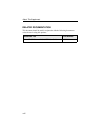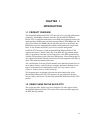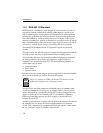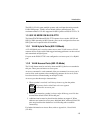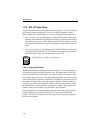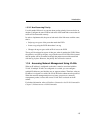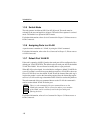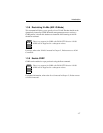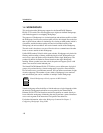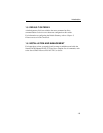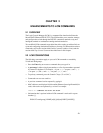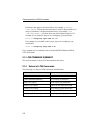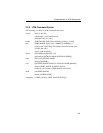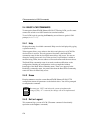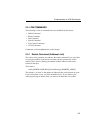
1-8
Introduction
1.4 WORKGROUPS
This section describes Workgroup support for the SmartSTACK Ethernet
ELS10-27TX switch. The switch supports up to eight user defined Workgroups,
with limited support for overlapping Workgroups.
The purpose of Workgroups is to isolate broadcast and multicast traffic to within
the Workgroup. In some cases, unicast traffic will also be isolated. Due to the fact
that a typical unicast address is obtained by first issuing an ARP packet (which is
a broadcast, and the broadcast packet will not be forwarded outside of the
Workgroup), the unicast address will not be learned outside of the Workgroup.
The end result is that host or servers will not be able to communicate with other
hosts or servers outside of their Workgroup.
Unlike IEEE standard VLANs which span switches, Workgroups only deal with
filtering and forwarding of frames within the single switch. When packets are
received on a port, the packet will be identified with a single Workgroup. The
packet will then be forwarded or filtered based on that single Workgroup
marking. When a packet leaves the switch, the packet will appear just as it did
when it was received on the inbound port.
The SmartSTACK Ethernet ELS10-27TX allows you to define ports for logical
groups of associated devices (virtual workgroups) to provide a more efficient
flow of traffic across your Ethernet network. You can define a maximum of eight
virtual workgroups. The number of ports within a Workgroup is not restricted
and an individual port can be a member of multiple Virtual Workgroups.
Virtual workgroups offer the ability to limit broadcasts to logical domains within
the network. Workgroup destinations are recognized by the SmartSTACK
Ethernet ELS10-27TX and broadcast and unicast packets are routed directly to
hosts within the workgroup, eliminating the need to perform a general broadcast
across each segment of the network to find specific host addresses.
For further information, refer to the Workgroup Command in Chapter 5,
Configuring Workgroups Using LCM.
NOTE
Virtual Workgroups will only operate in 802.1D mode.



